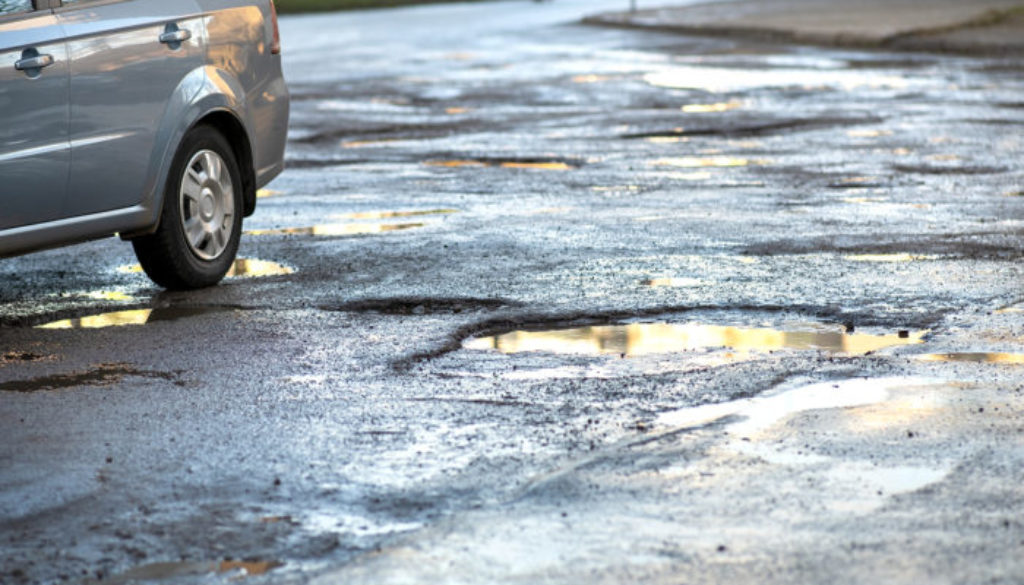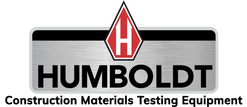California Bearing Ratio Test Essential in Road Construction
- April 3rd, 2020
- Category: Equipment Guides

The California Ratio (CBR) test is a penetration test used to evaluate the subgrade strength of roads and pavements. The California Bearing Ratio Test was developed by the California Division of Highways around 1930 and has subsequently been adopted by numerous states, the Federal Highway Commission, and many other countries. As a result, most DOT and commercial geotechnical laboratories in the U.S. are equipped to perform California Bearing Ratio tests.
Today, almost all pavement design charts characterize compacted unbound materials in terms of their CBR value. Additionally, the CBR value has been correlated with fundamental soil properties. These correlations allow engineers to seamlessly equate CBR ratios to their existing knowledge.
The California Bearing Ratio test is a measure of resistance of a material to penetration by a standard plunger under controlled density and moisture conditions. The test procedure should be strictly adhered to if a high degree of reproducibility is desired. The CBR test is primarily conducted on remolded material in the laboratory.
The CBR test as outlined in ASTM D1883 and AASHTO T19 is performed by measuring the pressure required to penetrate a soil sample with a plunger of standard area. The measured pressure is then divided by the pressure required to achieve an equal penetration on a standard crushed rock material. The harder the surface, the higher the CBR value. Typically, a value of 2% equates to clay, while some sands may have a CBR value of 10%. High-quality sub-base will have a value of between 80-100% (maximum). CBR is expressed as the ratio of the unit load on the piston required to penetrate 0.1" (2.5 mm) and 0.2" (5.1 mm) of the test material to the unit load required to penetrate a standard material of well-graded crushed stone.
To perform a typical test a 6" CBR mold is used. Mold dimensions are 6" ID x 7" tall with a 2" or 2.5" collar. Molds are available with a solid or perforated base. The Load Frame would be equipped with a 10,000lbf load cell or load ring and a displacement transducer or gauge to measure distance. The basic CBR test involves applying a load to the sample at a rate of 0.05" (1.27mm) per minute and recording the total load at penetrations ranging from 0.025" (0.64mm) up to 0.300" (7.62mm).
Field CBR Test
CBR tests can also be performed in the field by using a CBR Field Test Set. This is comprised of a modified load frame. Field tests involve forcing a piston in the soil and comparing the depth of penetration in relation to the load placed on the piston. Typically, the load is applied by heavy equipment, such as a loaded dump truck. The test method is outlined in ASTM D4429, which is designed for in-situ materials and corresponds to ASTM D1883.
Limerock Bearing Ration (LBR)
The Florida Limerock Bearing Ratio (LBR) FM 5-515 laboratory test was developed to evaluate limerock and other soils used for bases, subgrade and embankment materials typically found in Florida. This test method shares much of the same equipment and procedures used with the laboratory CBR test but requires a slightly different mold design.
For more information on the CBR and LBR tests and essential equipment, visit Humboldt’s CBR Load Frames page.

